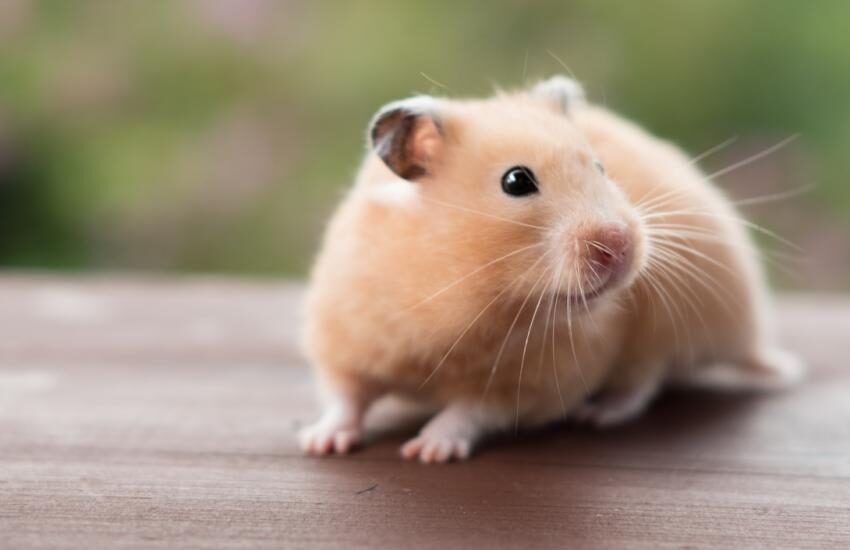Famous Hamster Breeds
Hamsters are among the most popular small pets for families and individuals alike. With their adorable looks and playful personalities, these little creatures bring joy to many households. In this article, we will explore the most famous hamster breeds, discuss their unique characteristics, and provide tips for potential hamster owners. Whether you’re a long-time hamster enthusiast or considering bringing one into your home, this guide has all the information you need about these charming furballs.
Popular Hamster Breeds
When choosing a hamster, it’s essential to understand the various breeds and their specific needs. Some breed-specific traits may dictate the hamster’s size, temperament, and overall care requirements. Here are some of the most renowned hamster breeds:
Syrian Hamster
The **Syrian hamster**, also known as the golden hamster, is one of the most common pet hamster breeds. They are known for their friendly demeanor and can be tamed easily. Syrian hamsters are generally larger than most other breeds, growing up to 6-7 inches long. They require spacious habitats since they are solitary creatures. A notable feature of Syrian hamsters is their variety of colors, including golden, black, and cream.
/GettyImages-678888931-51cc783946684772b536f6346827d70a.jpg)
Dwarf Hamster
Dwarf hamsters, including the **Roborovski and Campbell’s dwarf**, are significantly smaller than their Syrian counterparts, typically measuring around 2-4 inches in length. They are ideal for those with limited space or who prefer maintaining multiple hamsters. Although dwarf hamsters can be social with other hamsters, they might not be as docile as Syrian hamsters. It’s important to handle them gently to prevent stress. Often dazzling in colors and demeanor, dwarf hamsters are sure to fit in any hamster home.
Unique Traits of Hamster Breeds
Understanding the unique traits of each breed can help determine which hamster fits best with your lifestyle. From ease of handling to compatibility with other pets, here are some distinct features of famous hamster breeds:
Temperament and Personality
The temperament of each hamster breed can vary significantly. **Syrian hamsters** are known for being docile and friendly, making them ideal pets for families. In contrast, dwarf hamsters may display more territorial behaviors, leading some to be less accommodating of handling, especially when kept in same-sex groups.
Physical Characteristics
Hamsters differ in physicality as well. For instance, **Roborovski dwarf hamsters** are characterized by their small size and quick movements, often described as the “miniature versions” of their larger relatives. Fur colors and types can also range widely among breeds, further adding to their appeal. Patronizing **Campbell’s dwarf hamsters** are popular due to their vivid nature and friendly demeanor.
/GettyImages-678888931-51cc783946684772b536f6346827d70a.jpg)
Caring for Your Hamster
Caring for a hamster might vary according to the breed. It’s crucial to adapt your care routine based on whether you have a Syrian or dwarf hamster. Here are some essential care tips:
Habitat Needs
Hamsters are burrowing animals, so providing an appropriate habitat is critical. A spacious enclosure with tunnels and enriched bedding allows them to engage in their natural behaviors. For Syrian hamsters, a single, larger cage is preferred, while dwarf hamsters can share a cage but should still have adequate space to retreat from one another if needed.
Feeding and Nutrition
Feeding varies based on the hamster breed. Together, **commercial hamster pellets** and fresh vegetables create a balanced meal. It’s essential to avoid excessive fruits which may lead to obesity in less active breeds. Always research and choose **the right hamster food** to promote health, ensuring they get adequate vitamins and minerals through supplements.
Conclusion
Choosing a hamster as a pet can be a rewarding experience. By understanding the **famous hamster breeds**, their unique traits, and appropriate care methods, owners can make informed decisions for a happy pet. Remember, whether you choose a fluffy **Syrian hamster** or a small and speedy dwarf breed, establishing a loving and engaging environment is crucial for their well-being.
FAQ
1. What are the smallest hamster breeds available?
The smallest hamster breed is the **Roborovski dwarf hamster**, often measuring under 4 inches long. They have quick movements and are very playful, making them fun pets, though they can be harder to handle due to their size.
2. Can different breeds of hamsters live together?
Generally, it is not advisable to house different breeds of hamsters together, as Syrian hamsters tend to be solitary creatures, while some dwarf hamsters can share a cage—but not all. Ensuring each hamster has enough space and resources will help reduce territorial disputes.
3. What do I need for a hamster enclosure?
An ideal hamster enclosure should support burrowing behavior. This includes a spacious cage with safe bedding like aspen shavings or paper-based litter. Include chew toys, a wheel for exercise, and tunnels to explore, creating an enriching environment.
4. How often should I clean a hamster cage?
Cleaning a hamster’s cage around once a week is important to keep their living area fresh and hygienic. Remove soiled bedding, wash and dry food dishes, and replace bedding as needed to prevent odors.
5. What do hamsters eat, and how often should they be fed?
Hamsters benefit from a diet composed mainly of high-quality commercial hamster pellets. Fresh vegetables can be introduced sparingly—a few times a week—as treats. Always ensure that fresh water is available daily.
